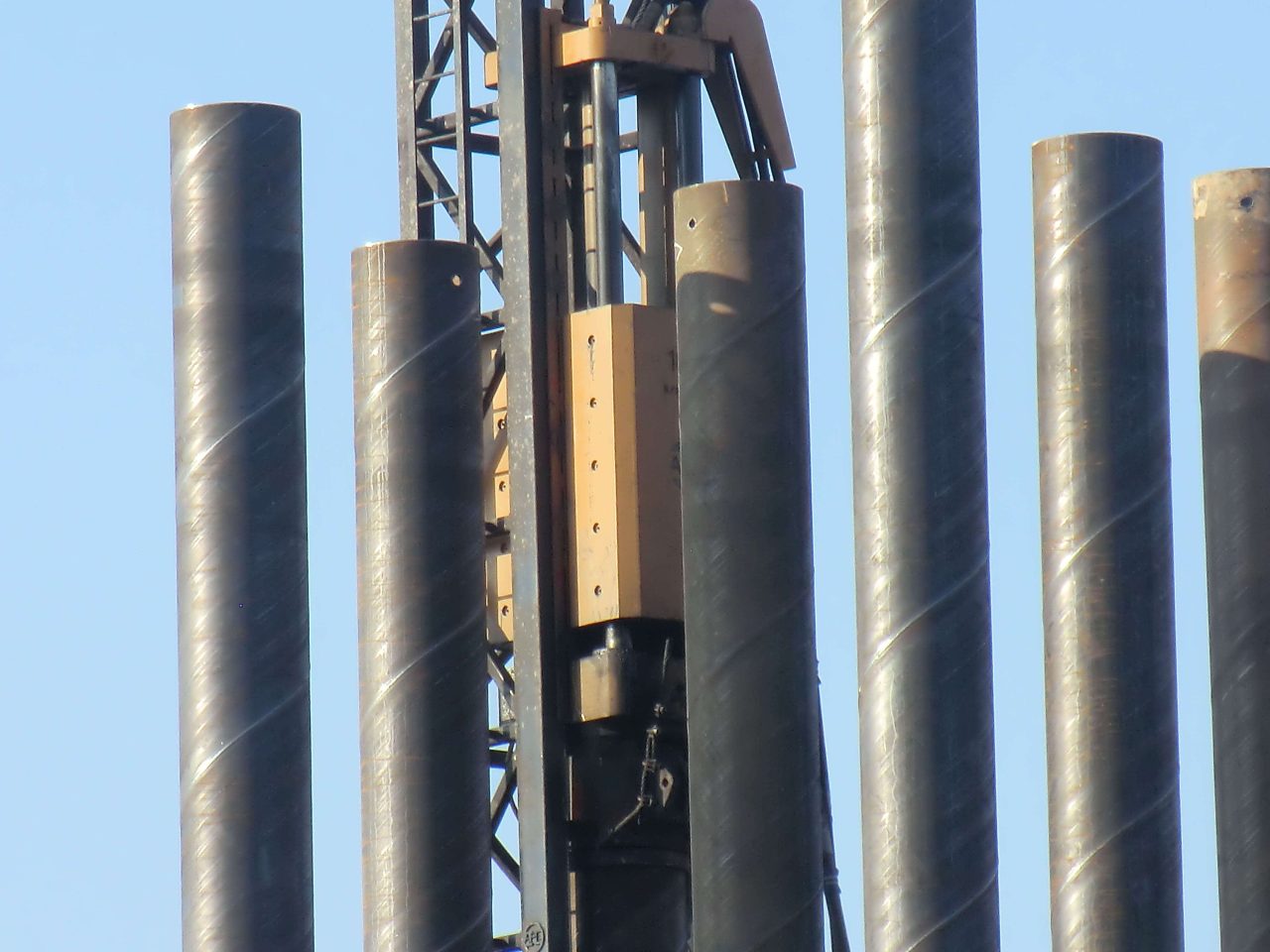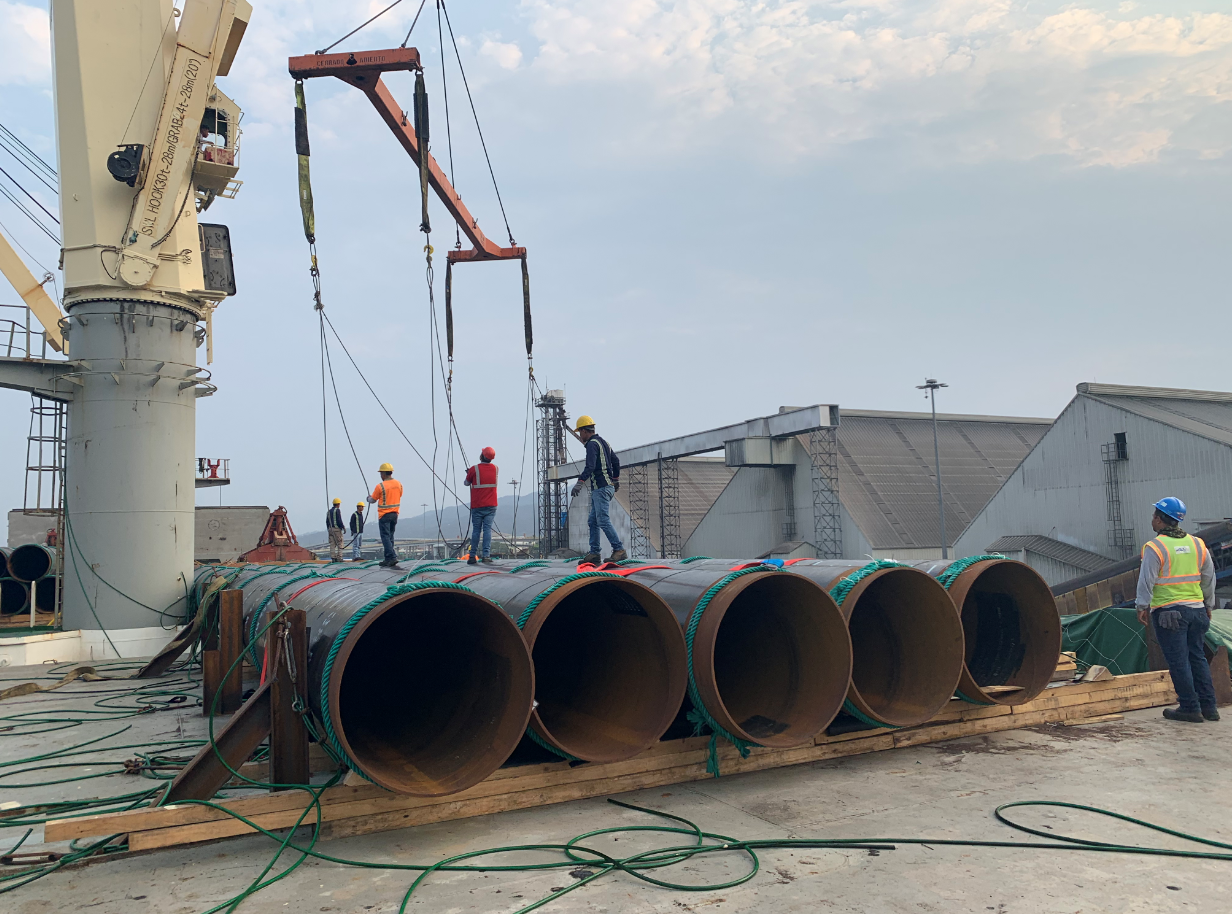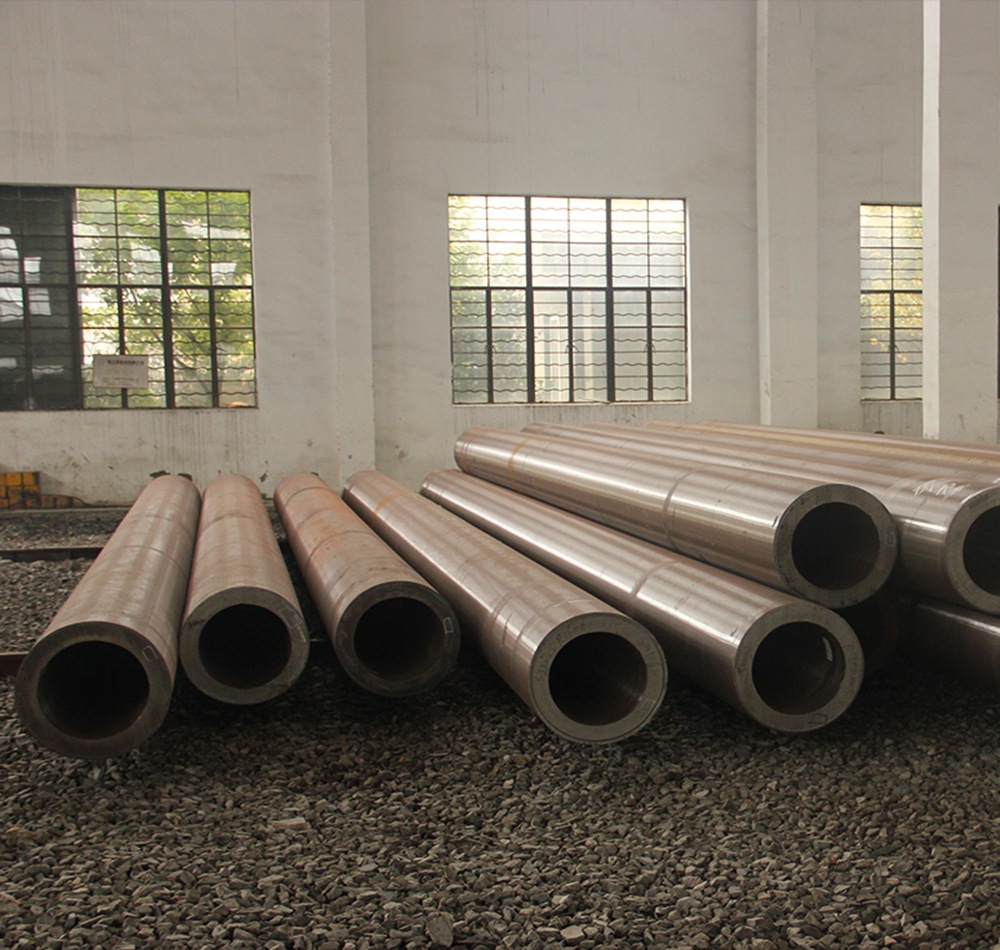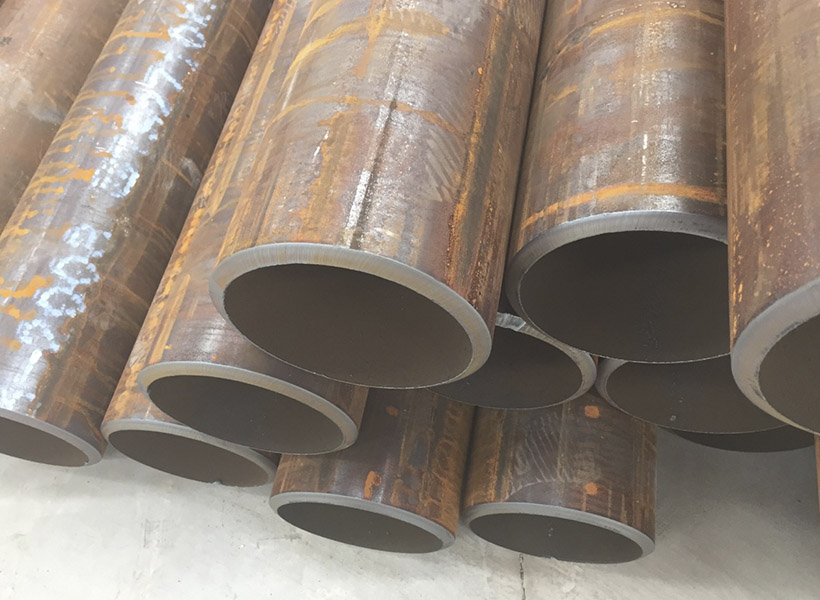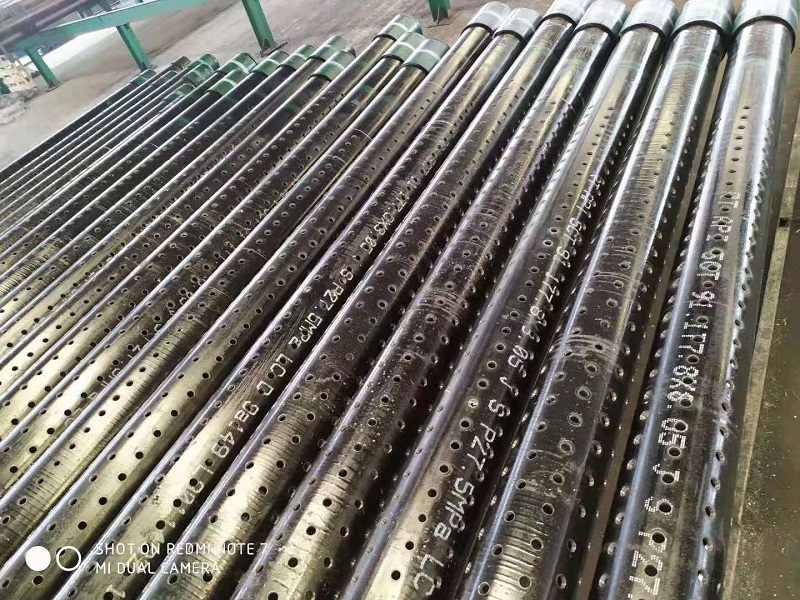Stress and Deformation Analysis of the Bending Steel Pipe Arch Integral Lifting Construction Process of a Continuous Beam Arch Bridge
Introduction
The construction of continuous beam arch bridges has become increasingly popular due to their ability to span large distances while providing structural integrity and aesthetic appeal. Among the various construction techniques, the integral lifting process of bending steel pipe arches has emerged as a significant method for erecting these structures. This paper aims to provide a comprehensive analysis of the stress and deformation characteristics associated with this construction process, emphasizing the mechanical behaviors that influence the bridge’s performance and safety.
Background
Continuous beam arch bridges consist of a series of arches that support the bridge deck, distributing loads efficiently across the structure. The use of bending steel pipe arches offers several advantages, including reduced weight, enhanced durability, and improved resistance to environmental factors. The integral lifting process involves raising the entire arch into position as a single unit, which presents unique challenges in terms of stress distribution and deformation behavior during construction.
Thesis Statement
This analysis will explore the stress and deformation patterns in bending steel pipe arches during the integral lifting construction process of continuous beam arch bridges. By utilizing empirical data and theoretical frameworks, this paper aims to provide insights into the structural performance, potential failure modes, and implications for design and construction practices.
Body
1. Theoretical Framework
1.1. Stress Analysis
Stress is defined as the internal resistance offered by a material to deformation when subjected to external forces. In the context of bending steel pipe arches, the primary types of stress to consider include:
- Axial Stress: This occurs when forces are applied along the length of the arch. It is crucial to assess axial stress to ensure that the arch can withstand compressive and tensile forces without buckling or yielding.
- Bending Stress: Bending moments acting on the arch cause it to deform. The maximum bending stress typically occurs at the mid-span of the arch, where the moment is greatest. Understanding the bending stress distribution is essential for predicting potential failure points.
- Shear Stress: Shear stress develops due to transverse forces acting perpendicular to the arch’s length. It is important to evaluate shear stress to prevent shear failure, which can compromise the structural integrity of the arch.
The stress distribution in the arch can be analyzed using classical mechanics principles, particularly the Euler-Bernoulli beam theory, which provides a foundation for understanding how beams deform under various loading conditions.
1.2. Deformation Characteristics
Deformation refers to the change in shape or size of a structural element due to applied loads. Key types of deformation relevant to this analysis include:
- Elastic Deformation: This is a temporary deformation that recovers upon load removal. The relationship between stress and elastic deformation can be described by Hooke’s Law, which states that stress is proportional to strain within the elastic limit of the material.
- Plastic Deformation: This occurs when the material yields beyond its elastic limit, resulting in permanent deformation. Understanding the onset of plastic deformation is critical for ensuring the long-term performance of the bridge.
2. Methodology
2.1. Finite Element Analysis (FEA)
To accurately assess the stress and deformation in bending steel pipe arches during the integral lifting process, a Finite Element Analysis (FEA) approach is employed. FEA allows for the simulation of complex geometries and loading conditions, providing detailed insights into the structural behavior of the arch.
- Modeling: The bridge arch is modeled using software capable of FEA, incorporating material properties, boundary conditions, and loading scenarios. The model should accurately reflect the geometry of the arch and the connection details to the bridge deck.
- Loading Conditions: Various loading conditions are simulated, including dead loads (self-weight of the structure), live loads (traffic), and dynamic loads (wind, seismic activity). The analysis should also consider the effects of temperature changes and potential foundation settlement.
2.2. Data Collection
Empirical data is collected from existing bridge projects utilizing bending steel pipe arches. This data includes:
- Material Properties: Information on yield strength, modulus of elasticity, and other relevant mechanical properties of the steel used in the arch.
- Historical Performance Data: Stress and deformation measurements during the lifting process from similar projects, providing a basis for comparison and validation of the FEA results.
- Environmental Conditions: Data on temperature, humidity, and other environmental factors that may influence the performance of the arch during construction.
3. Results and Discussion
3.1. Stress Distribution Analysis
The FEA results reveal the stress distribution across the bending steel pipe arch during the lifting process. Key findings include:
- Maximum Stress Concentration: The analysis identifies maximum stress concentrations at the mid-span of the arch, where bending moments are greatest. This finding highlights the need for careful monitoring and potential reinforcement in these regions to prevent failure.
- Stress Redistribution: As the arch is lifted, stress concentrations shift, necessitating real-time assessment to avoid exceeding the material’s yield strength. The FEA results indicate that stress redistribution can lead to unexpected failure modes if not properly managed.
3.2. Deformation Patterns
The deformation analysis indicates:
- Elastic Deformation: Predominantly observed during the initial lifting phase, with recoverable strains noted. The analysis shows that the arch experiences significant elastic deformation before reaching critical stress levels.
- Plastic Deformation Risks: Highlighted in regions experiencing excessive bending moments, suggesting the need for reinforcement or design modifications to mitigate the risk of permanent deformation.
4. Implications for Design and Construction
The findings from this analysis have significant implications for the design and construction of continuous beam arch bridges:
- Material Selection: The choice of bending steel with appropriate yield strength is crucial to mitigate plastic deformation risks. Engineers should prioritize materials with high yield strength and ductility to enhance performance under dynamic loading conditions.
- Construction Techniques: Enhanced lifting techniques that minimize sudden loading can reduce stress concentrations. Implementing gradual lifting methods and utilizing temporary supports during the lifting process can help distribute loads more evenly across the arch.
5. Future Research Directions
Future research should focus on:
- Long-term Monitoring: Implementing sensor technology to monitor stress and deformation in real-time during the bridge’s lifespan. This data can inform maintenance practices and enhance safety.
- Advanced Materials: Exploring the use of composite materials or high-strength steel to improve performance under dynamic loading conditions. Research into innovative materials can lead to more resilient bridge designs.
- Numerical Modeling: Developing more sophisticated numerical models that account for non-linear material behavior and complex loading scenarios. Improved modeling techniques can enhance the accuracy of stress and deformation predictions.
References
- Timoshenko, S. P., & Gere, J. M. (1961). Theory of Elastic Stability. McGraw-Hill.
- Chen, W. F., & Duan, L. (2007). Bridge Engineering Handbook. CRC Press.
- Zhang, L., & Wang, Y. (2015). Finite Element Analysis of Arch Bridges. Journal of Bridge Engineering, 20(3), 04014071.
- Liu, H., & Zhao, Y. (2018). Stress Analysis of Steel Structures. Steel Construction, 11(2), 100-108.

